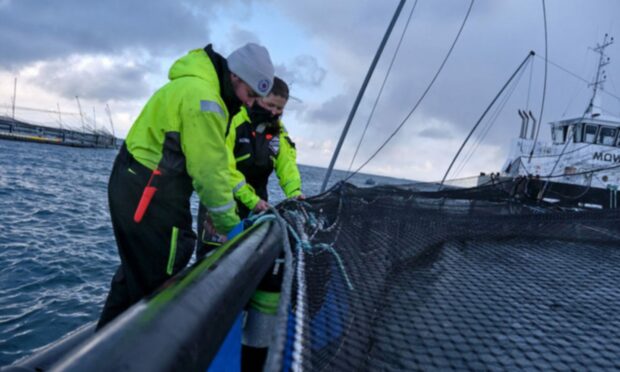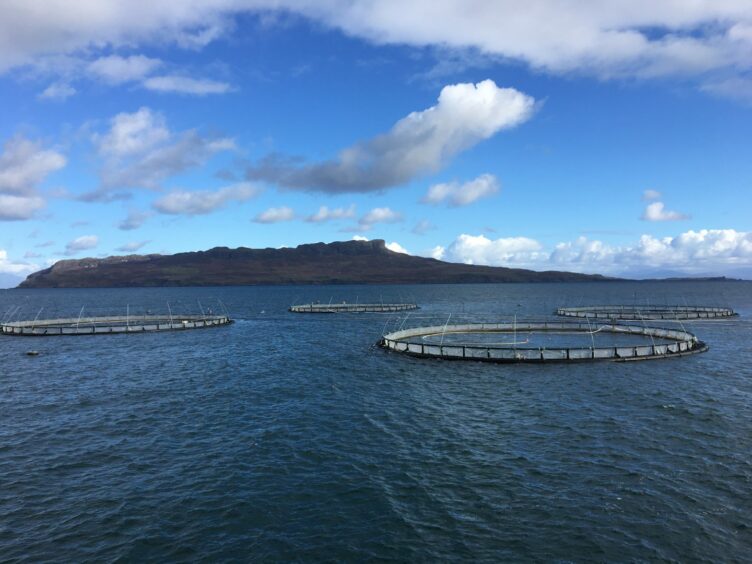Salmon farming giant Mowi saw profits rocket more than five-fold during a record year for production and sales.
Norway-headquartered Mowi is the world’s biggest supplier of farm-raised salmon.
Its operations in Scotland employ 1,500 people across processing facilities and 48 fish farms producing more than 68,000 tonnes of salmon annually.
Fourth quarter and annual results published earlier today (February 16) show the group’s pre-tax profits surged to £523.9 million last year, from £101.2m in 2020.
Revenue grew to £3.52 billion in the latest period, from £3.15bn previously.
Volume up nearly 6%
The company produced 465,600 tonnes, gutted weight, of fish last year – up nearly 6% from 439,829t in 2020.
Mowi said its Scottish operations harvested 22% more salmon last year, compared with 2020, due to particularly high volumes in the first six months.
The improved production in Scotland was helped by increased smolt stocking and a better first half “biological performance”.
But the biological – or fish health – situation became “somewhat more challenging” during the second half, Mowi said.
Scottish volumes and earnings suffer in Q4
The company cited amoebic gill disease (AGD) and other “gill issues”, as well as “low dissolved oxygen” as factors behind a year-on-year drop in production in the last quarter of 2021.
Another fish disease – cardiomyopathy syndrome (CMS) – “remains at a relatively high rate of detection”.
But the company said it had seen a “notable reduction” in cases of salmon pancreas disease and pasteurella – a type of bacteria known to cause infections in fish – on its Scottish farms.
Mowi added: “A positive early detection of pasteurella skyensis occurred in one location in the Western Isles and has received treatment according with veterinary advice.”
Final quarter losses attributed to fish deaths in the Scottish operations – mainly related to treatment costs, AGD, gill issues and CMS – totalled £5.6m.
Mowi’s Scottish farms harvested 12,002t of fish during the last three months of 2021, down from 13,018t a year earlier.
The company said higher costs and lower volumes were partly offset by better prices in Q4.
But Scottish operational earnings before interest and taxes (Ebit) plunged to £6.1m, from £17.1m a year earlier.
Fourth quarter Ebit across the whole group totalled £122.3m, up nearly 200% from £41.4m previously.
Mowi said a full-year harvest volume total of 466,000t, up 6% from 2020, driven by “increased smolt stocking and strong growth conditions”, was a new record for the firm.
The company also said it produced more value-added products than ever through processing sites in 2021, adding: “Development in the retail market continues to be strong.”
Scottish food and drink icons roar back to strong global sales growth
Salmon Company’s Faroese owner aims to ramp up output by 40%
Chief executive Ivan Vindheim said: “The growth in demand for value-added products during the pandemic has been unparalleled, and volumes remain at a very high level.
“For 2022, price prospects for salmon are favourable, with no supply growth expected for the year.”
Europe is by far the largest market for Mowi, thanks to a 69% revenue share. France, Germany and the UK are the main markets for the company’s products in this region.


